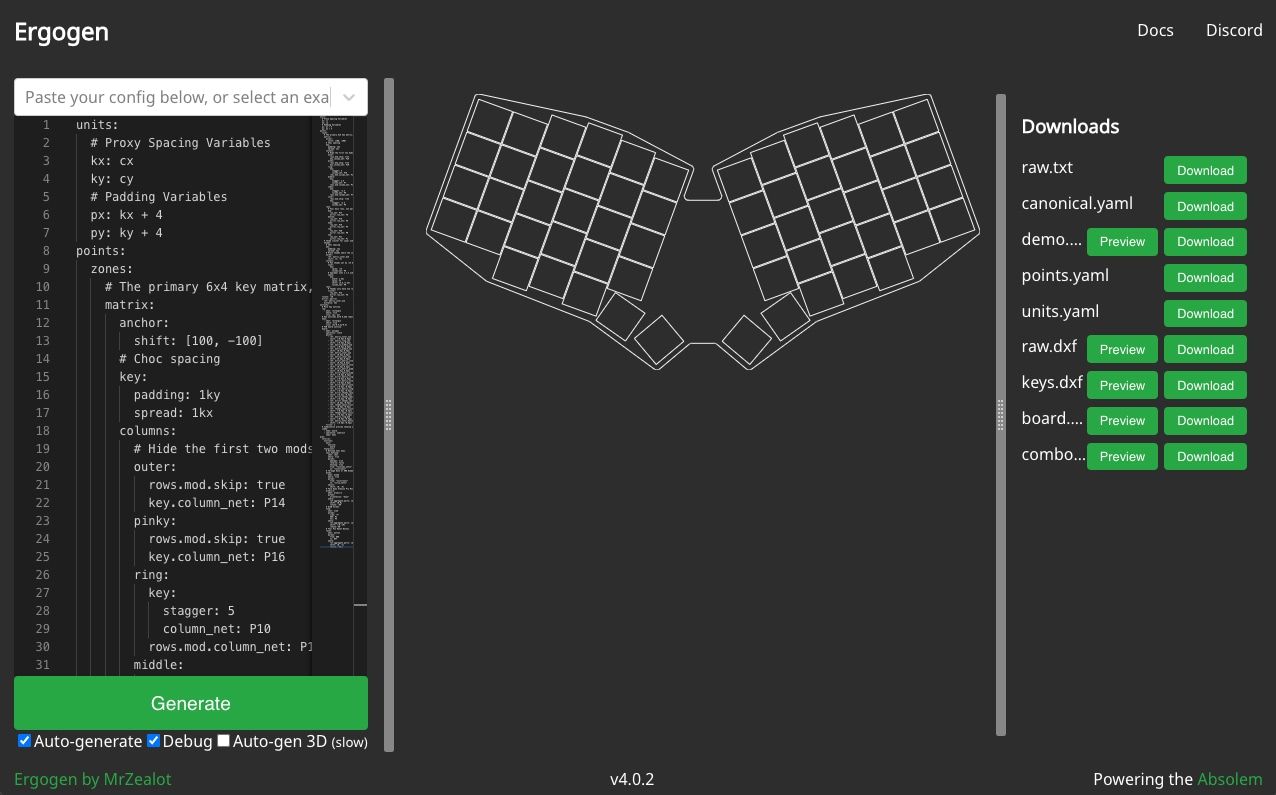Refried black beans are criminally underrated. Looks good!
- 4 Posts
- 53 Comments


It’s Linux designed around modern containerization and microservice technologies. The “cloud” naming is a bit of a misnomer, but the same abstracted technologies that help run a modern data center will help make sure your handheld’s launcher doesn’t break because a game or comparability layer wants to use a different database version. https://github.com/cncf/toc/blob/main/DEFINITION.md
I think you’re dramatically overestimating how much people want to discuss politics with a stranger who slides into their mentions pointing out logical fallacies.


This is pretty typical for universities. They don’t want the airwaves clogged, doubling up NAT can lead to networking wonkiness, and they don’t want you giving university network access to unauthorized folks with an open AP.
When you say VR streaming, you just mean wireless from your PC to the headset, right? There’s a chance you could do that with an offline wireless router if the VR experiences you’re looking to play are single player.


Unfortunately most of the PCB fab companies only print off PCBs in at least batches of 5. I bought enough parts to make two cart readers and split the costs with a friend to help drive the price down into the low hundreds.
I don’t know which number you were looking at when you saw the Sanni was “so expensive”. You can get an assembled Sanni v3 for about $150 online. https://savethehero.builders If you join their Discord, there’s also folks selling Sanni v5 DIY part kits for $110-130 depending on what add-ons you go for. https://store.starshade.dev/product/oscr-hw5-complete-kit-diy It’s still a pretty penny, but significantly less than some of the $250 pre-assembled stores online.


I wasn’t able to find anything definitive online, but its specs and functionality sound pretty close to BennVenn’s Joey N64 cart reader/writer. https://bennvenn.myshopify.com/products/joeyn64-cart-flasher


I can’t help much on the power draw side of this question, but one thing to look out for with a UPS is some sort of communication option. (Usually NUT over ethernet, but there are some USB options too.) Most modern UPS brands will have a plugin you can install on your Raspberry Pi and Mini PC that allows your UPS to signal, “Hey, I’ve got 3% of battery life, you actually need to gracefully shut down now.” It’s mostly useful for NAS applications with spinning drives, but it could help save your Pi’s SD card potentially.
It’s a pretty standard feature these days, but the cheapest of the cheap will omit it.


I wanted to make something a little indulgent this weekend. These burritos are stuffed with chopped brisket, home fries with poblano and onions, scrambled eggs, and topped with homemade white queso, guac, and roja salsa. It was a fun mashup up diner vibes and Tex-Mex smokiness.
“My battery is low and it’s getting dark.”
For a bit more context, this is the fan project “Bloodborn Kart” with its IP serial numbers filed off.


It’s still surreal to see OpenAI’s need for training data be so vast that they casually developed and open sourced a generational leap in transcription technology just so that they could scrape online videos better.
NuPhy’s got some interesting options as well. https://nuphy.com/collections/keyboards/products/halo75-v2-qmk-via-wireless-custom-mechanical-keyboard
The low profile space is a little tricky. It leans into column staggered ergonomic boards really quickly. Kailh’s Choc switch is as low as you can go, but those folks get really custom really quick. They’re not big on function rows or arrow clusters, so the next step after Keychron or NuPhy would be something along the lines of the Afternoon Breeze. https://www.afternoonlabs.com/breeze/
Have you taken a look at any of Keychron’s offerings? https://www.keychron.com/products/keychron-k3-max-qmk-via-wireless-custom-mechanical-keyboard Checks most of the boxes other than the knob.
The Hard Fork podcast had a pretty good episode recently where they interviewed one of the engineers on the project. They’d troubleshooted the spacecraft enough in the past that they weren’t starting from square one, but it still sounded pretty difficult.
Modern satellites are protected by various means of encryption, but there’s an enthusiast community that tracks down and communicates with very old unencrypted zombie satellites. There’s even been an NGO which managed to fire rockets on an abandoned NASA/ESA probe (with their approval.)
The Voyagers benefits primarily from the lack of groups with an adequate deep space network to communicate with it. Their communication standards are otherwise completely open and well documented.
I still cannot believe NASA managed to re-establish a connection with Voyager 1.
That scene from The Martian where JPL had a hardware copy of Pathfinder on Earth? That’s not apocryphal. NASA keeps a lot of engineering models around for a variety of purposes including this sort of hardware troubleshooting.
It’s a practice they started after Voyager. They shot that patch off into space based off of old documentation, blueprints, and internal memos.


Just got my Ambient Twilight silent choc switches in! These switches feel incredible. I’d been running tape/floss modded Red Pros up until now. Their sound is similar depending on how well you did the mod, but they always felt disappointingly mushy. The Twilights are even quieter and have a nice satisfying linear feel. They’re definitely quiet enough to start bringing to the office more regularly.
The keyboard’s a variant to last year’s TypeBoy. A pair of modded Game Boy Advance cartridges house a custom PCB, XAIO BLE, shift register, and Sharp Memory Display. (When you don’t accidentally crack one during installation. Whoops.) The Mark II trades the staggered column setup for an ortholinear layout with an offset mod row. The new shape helps channel the handheld vibes a bit better. I went with a PCB stack this time for the case. Partially to try something new, partially to hide the bright Pro Red switches. I’ll have to let the Twilights shine a bit more on the next revision.
Zac Gorman’s comic with the original dialog: https://magicalgametime.com/post/48470399171







Are you looking to build a keyboard from a kit, or design one from scratch?
SplitKB.com has forked a few popular open source keyboard designs like the Corne or the Sofle. Even if you don’t end up purchasing their kits, they have some excellent build guides and documentation. If you’re a keyboard or DIY electronics beginner, it’s a good way of seeing what sort of techniques and tools you’d be in for when soldering things like microcontrollers, switches, and diodes. https://docs.splitkb.com/product-guides/aurora-series/build-guide
If you’re interested in designing a keyboard, I’d recommend looking into the keyboard layout editor Egogen. https://github.com/ergogen/ergogen